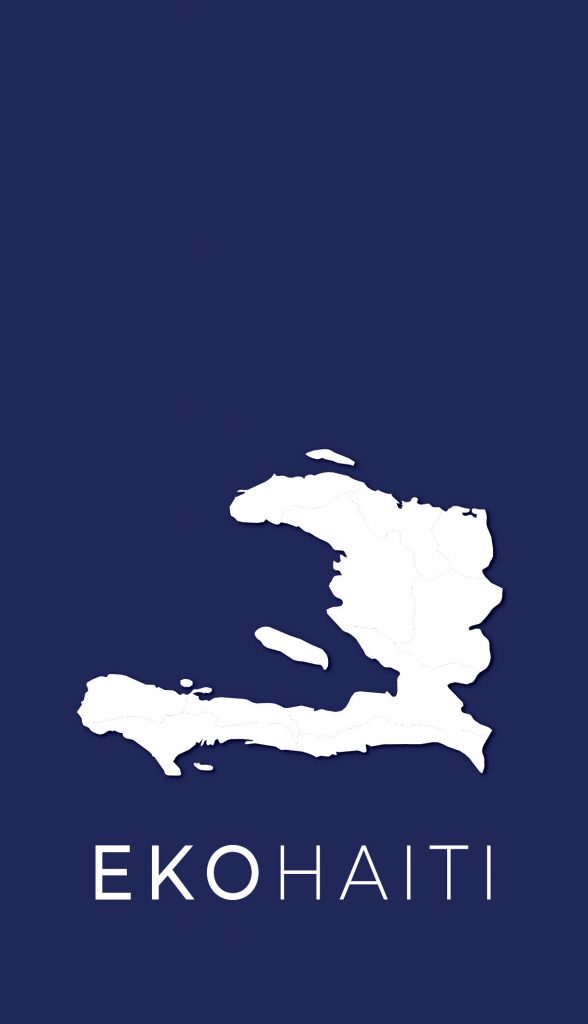This study is about the very important topic of how to get RUFs (Ready to Use Therapeutic Foods) onto the popular Haitian market. Haiti is 1/3rd of an island with a current population between 10 and 11 million people. Until recently the majority of the population lived in rural areas and was dependent on small scale agriculture and livestock rearing. A peasant economy par excellence, average land holding is 1 hectare with few people owning more than 12 hectares and few if any land holders outside of the capital city of Port-au-Prince with uncontested control over more than 1,000 hectares. Urbanization over the past 50 years has been dramatic, with the country going from 85-90% rural in 1950 to 50% urban today. A flood of migrants leaving the country associated with 35 years of political instability and economic recession have resulted in a heavy dependence on remittances, mostly from the US, Dominican Republic and Canada. Today remittances may be the source of as much as 1⁄2 of all legal revenue in Haiti. The past 30 years have also been characterized by general decline in agricultural production and living standards. As much as 70% of the population can be categorized as hovering around the margins of extreme poverty
The research conducted during the course of this study included,
1) Review of the literature from academic and NGO sources.
2) Interviews at government agencies to collect food related data on laws, regulations and standards.
3) Key informant interviews with members of the business community and researchers experienced in Haitian nutritional studies.
4) Value chain investigations: specifically into local snack foods, street foods and peanuts; included 10 interviews with artisanal snack producers and 5 in-depth interviews with peanut butter producers.
5) Focus groups: a total of 33 on the subjects of nutrition, food consumption, and child feeding practices.
6) Frequency lists (also referred to as “freelisting”): from 50 respondents who ranked the most nutritious foods and snack foods. The data was gathered from focus groups participants.
7) Cultural Consensus Analysis: 49 “pile sorts” of different foods accomplished through interviews with 150 participants organized into teams of three people (to develop food categorization profiles/cognitive domains regarding food categories).
8) Quantitative survey on consumption patterns: 128 surveys conducted with focus group participants.
9) Vendor survey: open interviews with 30 vendors concerning attitudes toward new products, disposition to purchase, credit arrangements, and distribution channels.
10) Street food survey: the survey team visited 19 schools at mid-morning in Gonaives, counting the number of food vendors (48) and noting the items sold; in Cape Haitian the team visited 18 intersections, counting 59 street food vendors and noting the foods they were selling.
11) CostAnalysisofstreetfoods:Costsversusprofitsweremadefor4streetfoods(rice,beans and chicken; spaghetti, paté, and BBQ chicken)
12) Boutik (neighborhood store) surveys: a total of 56 boutik taken from 50 GPS locations divided between the three urban sites
13) Boutik inventories: 14 complete inventories compiled at neighborhood stores
14) Supermarket surveys: 19 supermarkets visited for review of snacks sold and inventoried for imported vs. domestic peanut butter prices
15) Distributors: 6 major distributors to whom we applied questionnaires to 5 distributors
16) Redistributors: visited 14 redistributors (mid-level wholesalers) and applied questionnaires to all
17) Telephone surveys: 30 boutik owners and another 10 redistributors interviewed by telephone with questions focusing on merchandise turnover rates
18) Quantitative Consumer Survey: 628 surveys of randomly selected individuals from among the general population (in the three Departments where the study was carried out) focusing on snack preferences, prices, frequency and timing of purchases, and attitudes toward local vs. imported foods.








